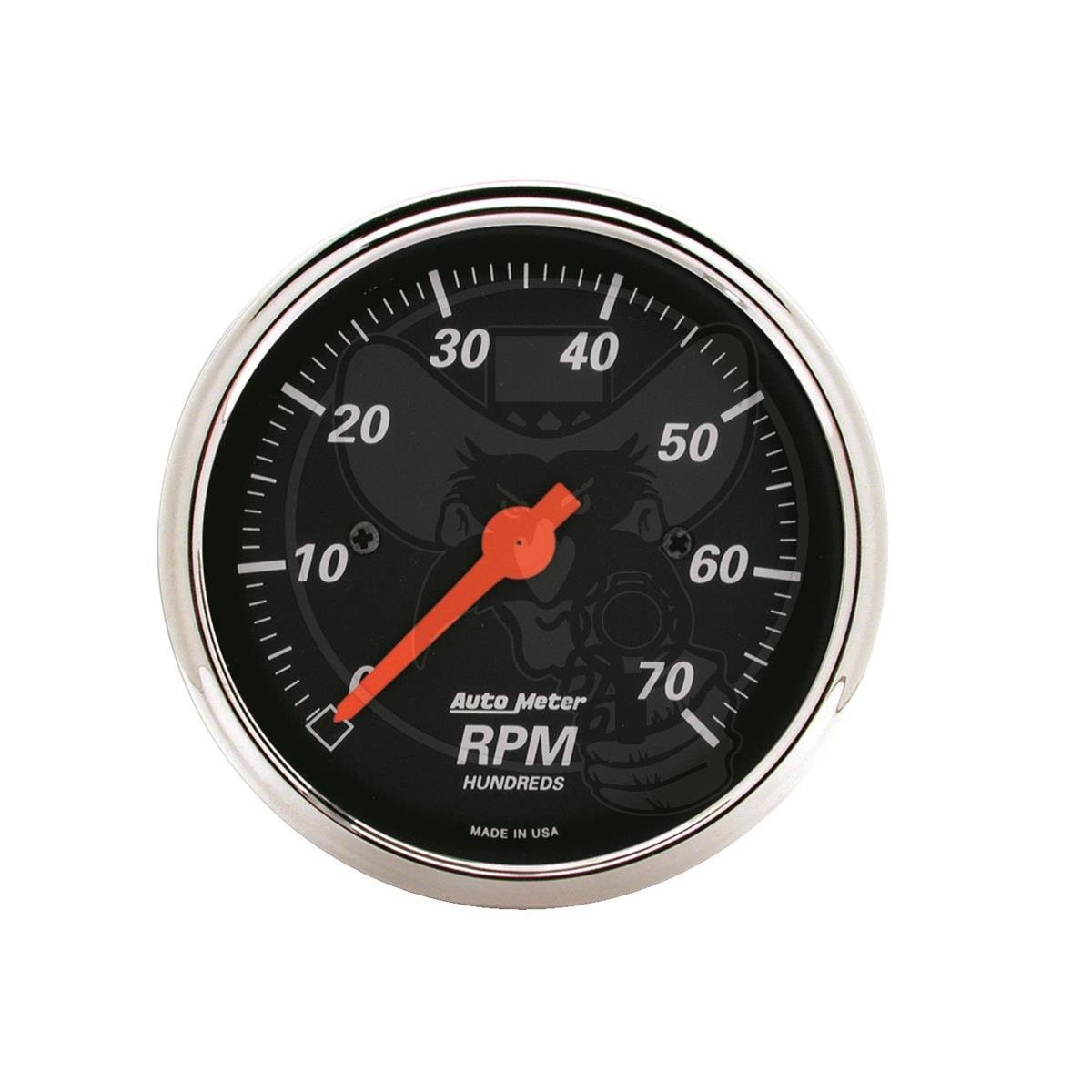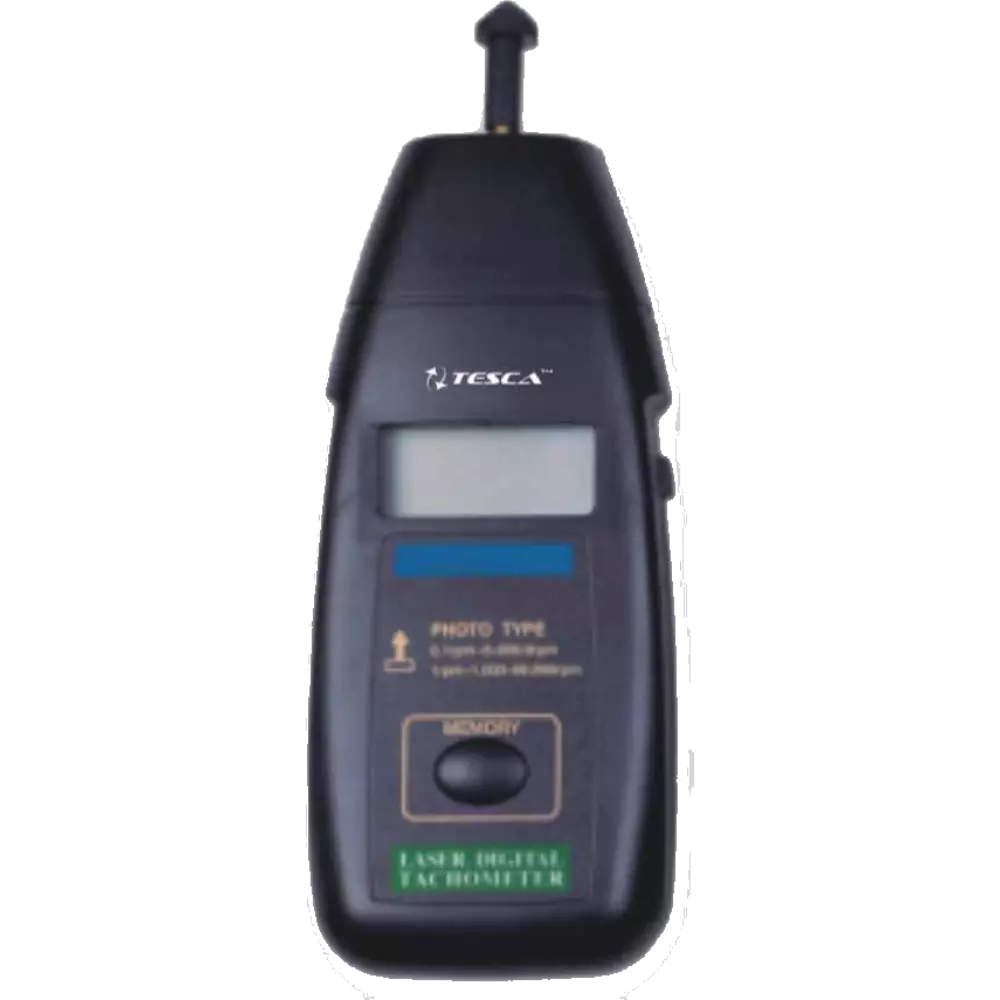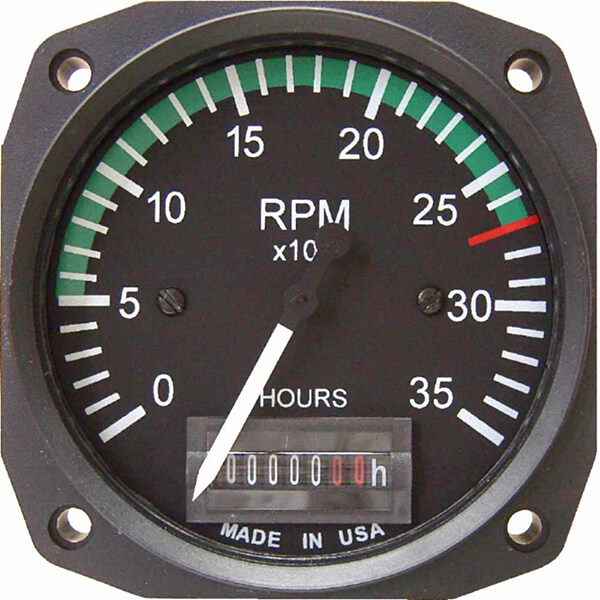How to Choose the Right Tachometer for Your Automobile or Motorbike
How to Choose the Right Tachometer for Your Automobile or Motorbike
Blog Article
The Importance of a Tachometer in Checking Engine Speed and Efficiency in Automotive Applications
In the realm of automobile design, the tachometer stands as a critical tool in the vehicle driver's arsenal, providing a direct window into the inner workings of an automobile's engine. Beyond its function as a simple gauge of transformations per minute (RPM), the tachometer serves as an important device for lovers and experts alike, using real-time understandings right into engine performance and health and wellness.
Significance of Keeping An Eye On Engine RPM
Checking engine RPM, or transformations per min, is an important aspect of auto maintenance and performance examination. Engine RPM directly associates with the speed at which the engine's crankshaft revolves, suggesting just how swiftly the engine is running.
Furthermore, keeping an eye on engine RPM is crucial for performance examination in auto racing and high-performance lorries. In summary, keeping an eye on engine RPM is not just vital for discovering problems yet also for enhancing engine performance in various automobile applications.

Benefits of Real-Time Data
In automobile applications, real-time information plays a critical role in providing instant insights into the performance and problem of the lorry. By continually keeping track of numerous criteria such as engine rate, temperature, fuel intake, and extra, real-time data supplies countless advantages that add to improved efficiency and safety when driving.
One significant benefit of real-time information is its capability to alert drivers and service technicians to any kind of abnormalities or concerns immediately. This positive method enables fast recognition of possible issues, permitting timely treatments to stop additional damage or failures. Furthermore, real-time data facilitates efficiency optimization by supplying immediate responses on driving routines and engine effectiveness. Drivers can readjust their habits in real-time based on this details to achieve far better fuel economy and lengthen the lifespan of their vehicle.

Moreover, real-time information plays a vital function in modern-day vehicle diagnostics, enabling service technicians to quickly identify and resolve malfunctions. This causes lowered downtime, lower upkeep prices, and ultimately, enhanced total vehicle dependability and durability (tachometer). By harnessing the power of real-time information, automobile stakeholders can make enlightened choices that positively impact both the performance and durability of the lorry
Influence On Gear Shifts
Reliable equipment changes in automotive applications substantially affect total efficiency and driving experience. The tachometer plays a crucial function in enhancing equipment changes by supplying real-time engine rate information to the vehicle driver. When coming close to the redline on the tachometer, it signifies the driver to upshift to avoid over-revving the engine and triggering prospective damage. On the other hand, downshifting at the best moment can help maintain the engine in its power band, guaranteeing responsive acceleration when needed.
In addition, the tachometer help in achieving smoother gear transitions, this contact form particularly in hand-operated transmissions. By monitoring engine rate, motorists can perform gear changes at the ideal RPM variety, reducing snagging movements and reducing wear on the transmission parts. This precision on duty adjustments not only enhances driving convenience however also adds to fuel efficiency.
Enhancing Gas Efficiency
Offered the important function the tachometer plays in optimizing equipment shifts for efficiency and engine health and wellness, it directly adds to optimizing fuel performance in vehicle applications. By providing real-time responses on engine speed, the tachometer aids chauffeurs in keeping the most reliable RPM range for gas economy. When vehicle drivers regularly check the tachometer and change their motoring habits as necessary, they can avoid unneeded gas consumption triggered by over-revving or lugging the engine.
Moreover, the tachometer helps drivers identify the most fuel-efficient gear to be in at any type of provided minute, protecting against the engine from working harder than necessary. In conclusion, the tachometer serves as an important tool in enhancing fuel performance by promoting optimal driving behaviors and recognizing locations for renovation in the automobile's performance.

Making The Most Of Engine Longevity
The tachometer's duty in keeping track of engine rate and performance is crucial in guaranteeing the long life of automobile engines. Checking the tachometer allows motorists to stay within the suggested RPM array for their vehicle, stopping unneeded stress on the engine and expanding its life-span.

Conclusion
Finally, the tachometer plays a vital role in checking engine speed and efficiency in automobile applications. By giving real-time information on RPM, it permits effective equipment shifts, improved gas performance, and maximized engine long life. This tool is important for keeping optimal engine performance and making sure the total capability of a car.
Report this page